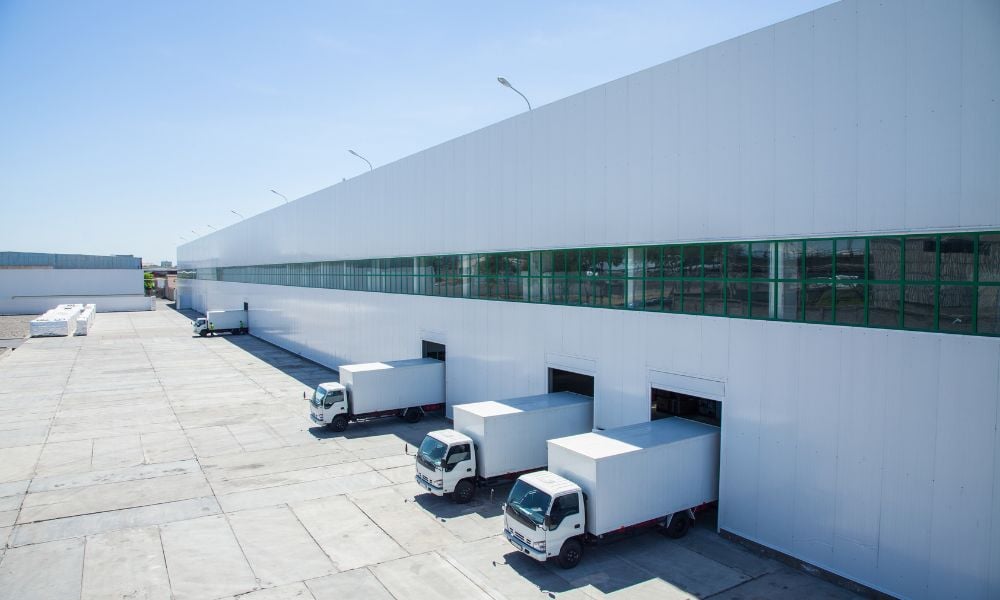Companies consider bonded warehouse conversions as leasing hesitancy grows amid policy uncertainty

Lingering tariff tensions are disrupting industrial leasing activity, with developers and occupiers bracing for more uncertainty in the months ahead, according to new analysis from CommercialEdge.
Import volumes dropped nearly 20% in April following a first-quarter surge, as companies rushed to stockpile goods before the Trump administration announced a 135% tariff on certain Chinese imports. Although overall volumes still showed a modest 2.2% year-over-year increase, logistics data suggests more volatility is ahead.
At the Port of Los Angeles, cargo volume in May came in 25% below expectations, while job postings at the port were slashed by 50%. Because shipping from China typically takes about six weeks, the May slowdown reflects the initial shock from the April tariff, even after the administration introduced a three-month reprieve mid-May.
Now, another surge in imports appears to be building as firms race to bring in goods ahead of the holiday season and a possible return to steeper duties once the pause expires.
“The uncertainty of the tariff policy may be a heavier burden on decision makers than the weight of the tariffs established thus far,” said Peter Kolaczynski, Director at CommercialEdge.
In response to the ongoing trade policy turbulence, more firms are exploring bonded warehouses—facilities where goods can be stored without paying tariffs until they are released. Though conversions are often costly and bureaucratic, they allow businesses to delay duty payments and hedge against future tariff fluctuations.
Reuters reported increasing interest in converting conventional warehouse space to bonded facilities as a way to manage supply chains more strategically.
Longer term, companies may opt to shift production from China to countries with lower tariff exposure, including Vietnam, India, and Mexico. While reshoring to the US remains a possibility, the 50% tariff on steel and aluminum continues to present a major headwind for domestic manufacturing expansion.
Leasing activity, rents and vacancy
Despite the slowdown in leasing momentum, national industrial rents continued to trend upward. In May, average in-place rents hit $8.54 per square foot, up five cents from April and 6.3% higher than the same time last year.
Miami led all major markets in rent growth, with in-place rents rising 9.8% year-over-year. Although the Port of Miami isn’t among the top 10 in the US by container volume, it plays a critical role in trade with Latin America and the Caribbean. Combined with strong population growth, limited developable land, and proximity to the international airport, Miami’s industrial market is expected to remain competitive.
Read next: Delinquent commercial real estate offers brokers, investors big opportunities
National industrial vacancy in May dipped 30 basis points from the previous month to 8.5% but remained up 290 basis points over the past 12 months, reflecting the broader cooling in absorption.
Leasing and absorption patterns are likely to remain sluggish in the near term as uncertainty over trade policy and tariffs continues to weigh on supply chain strategies. While interest in warehousing remains strong in select markets, the unpredictability surrounding global trade is prompting tenants to pause commitments and reassess long-term logistics needs.
Stay updated with the freshest mortgage news. Get exclusive interviews, breaking news, and industry events in your inbox, and always be the first to know by subscribing to our FREE daily newsletter.



